A reader saw something that looked like amp glow on dark-field photographs with his new GFX 50S II. I asked for raw files in the three mains shutter modes: mechanical shutter (MS), electronic first-curtain shutter (EFCS), and electronic shutter (ES). At my request, the exposures were made at ISO 1600 at 1/10 second. I had asked for the exposures to be made with a body cap on the camera, but the reader was confused and made them with the new 35-70 GF zoom and a lens cap. I’ll post his images, and mine with a GFX 50S I, all images with a 5-stop Exposure push in Lightroom.
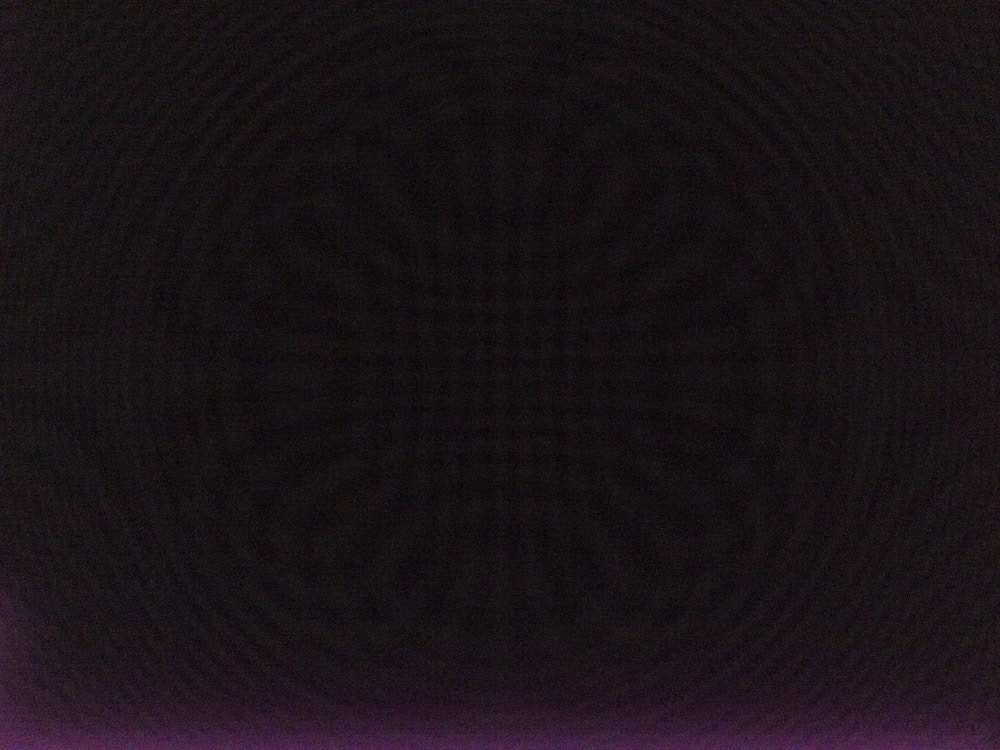
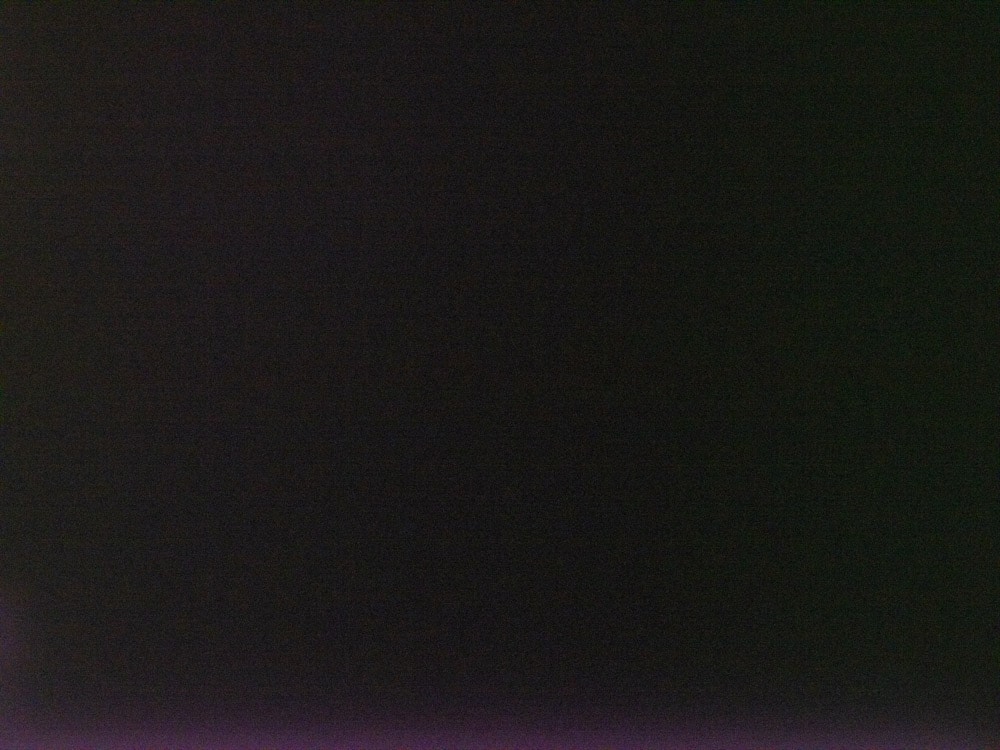
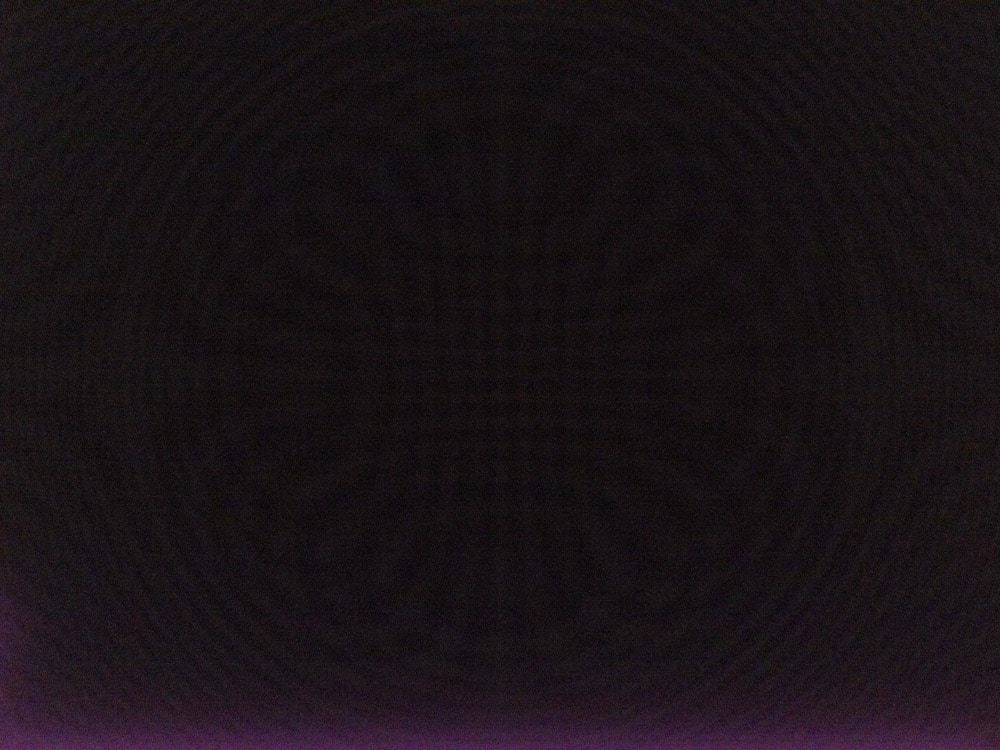
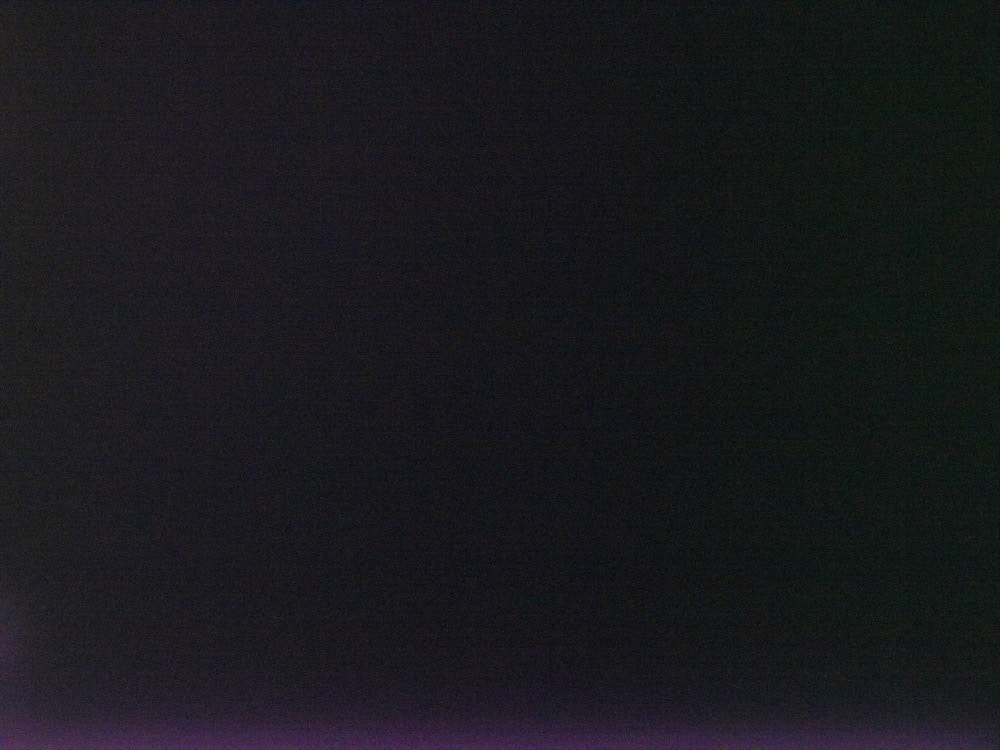
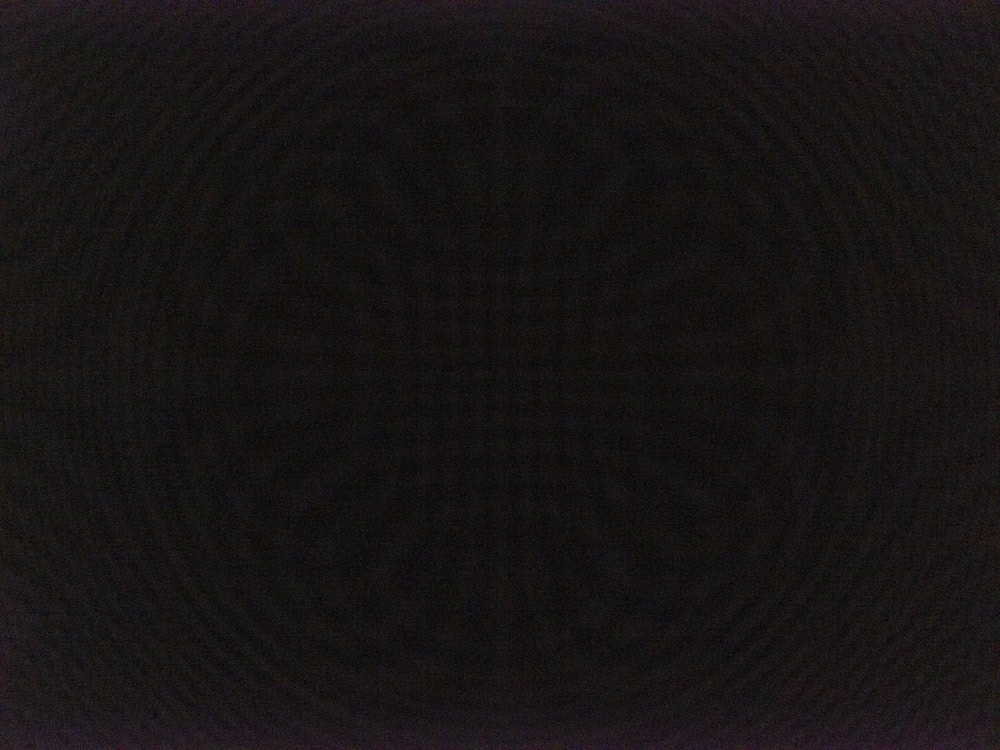
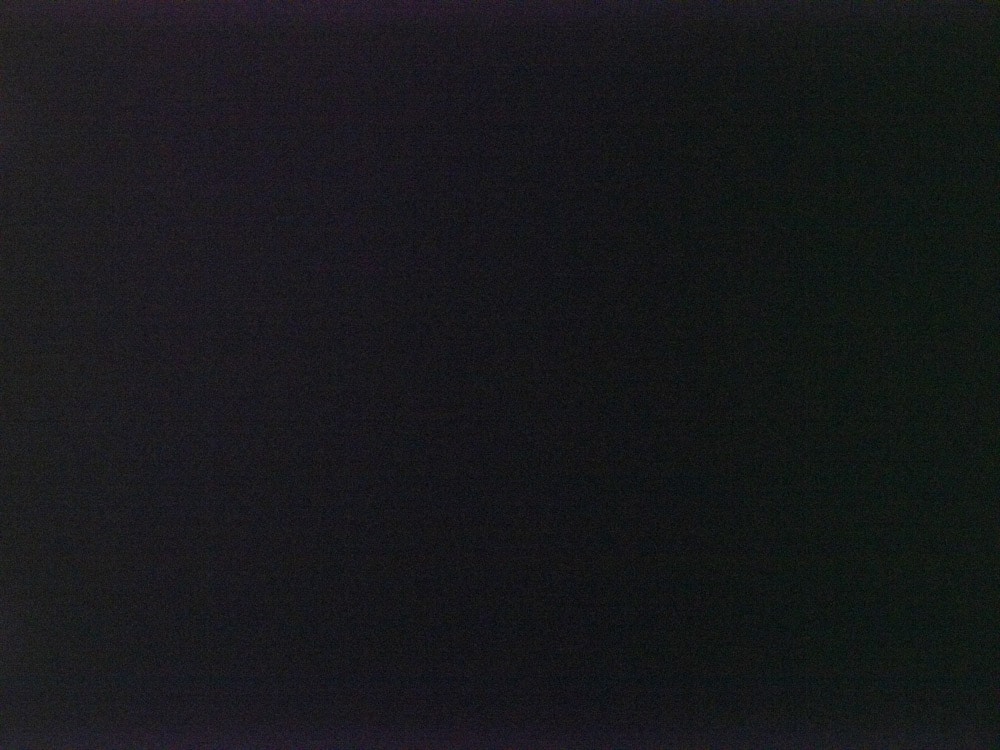
There is a small amount of purple amp glow in the bottom of the images both cameras with MS and EFCS. For some reason that I don’t understand, the glow is less with ES.
Looking at the GFX 50S Mk II raw file in RawDigger shows what’s goong on:
The set of data on the left is for the whole image The set on the right is for a small square near the bottom. Note that all the channels of the area near the bottom have higher average. The change is greatest for the B and G2 channels.
I don’t think this is much of anything to worry about, but there could be some situations where it might be a problem.

I imagine that with proper application of dark frame subtraction this could be mostly eliminated.
You are probably right, but it would take a lot of averaging of the dark frames because the noise level is high compared to the systematic errors.
What is the pattern that shows in the GFX 50 S II images?
I’m guessing that has to do with distortion correction. The guy with the GFX 50S II didn’t test with a body cap, but with the 35-70 zoom and a lens cap.
Thanks, mystery solved! Now I’m tempted to see if my own camera (a Fuji X-T4) can make a similar beautiful pattern.
Given these findings, I think it’s reasonable to recommend using ES for long exposures in low light scenes, or with an infrared pass filter. I sure will going forward.
I had the same exact same issue with my GFX 50 r . It freaked me out because it was a brand new camera. And because the camera store I bought the camera and 63 mm from already sold me a demonstration/display lens as new, I sent in the camera to fujifilm beeing worried that this might be a faulty unit. Fujifilm checked it and stated that everything is fine and this was something that happend to all cameras when you push the exposure extremly at already high iso and dark environments.
In real live I only came across it during night shots …but also only a few times. But of course for a new device I was highly worried.
Nothing to be worried about… i did the same settings on my gfx 50S II ( 1/10th second ISO 1600 ) but with just the Bodycap on the camera and it looks exact the same as the GFX 50 S Mark I. So no differences there… maybe with higer ISO since i read that the Mark II does amplifie even more and the Mark I does not
This is something I’ve noticed as well but paradoxically not all high ISOs. I’ve taken identical photos only changing ISO and found it strongly appearing at 2000 but completely absent at 6400. Perhaps there’s some processing at higher ISOs in camera that handles it?
I doubt it is deliberate processing; that would leave fingerprints that I could detect. And if they could fix it at some ISO’s, why not fix it at all ISO’s?
It’s more likely that the offset due to amp glow occurs late in the signal chain, and it swamped out by the increased noise from the programmable gain amplifier at higher ISO’s.